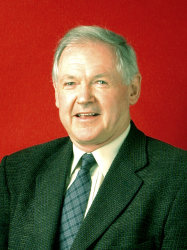BibTex format
@article{MICE:2020:10.1038/s41586-020-1958-9,
author = {MICE, collaboration and Long, KR},
doi = {10.1038/s41586-020-1958-9},
journal = {Nature},
pages = {53--59},
title = {Demonstration of cooling by the Muon Ionization Cooling Experiment},
url = {http://dx.doi.org/10.1038/s41586-020-1958-9},
volume = {578},
year = {2020}
}

